The Truth About Bamboo Baby Clothes: Separating Fact from Fiction
Bamboo clothes for babies and kids are all the rage these days. Brands like Kyte Baby and other bamboo clothing lines have helped make this eco-friendly option super popular. It's one of our most requested products - please bring in bamboo sleepers! But you'll find limited bamboo in our baby and kids clothing collection.
 |
|
Bamboo Sleepers are a rare commodity at Nest & Sprout in Prince George, BC. We focus on brands like Loulou Lollipop that uses TENCEL Lyocell or brands like Parade Organics with an organic cotton sleeper.
|
But there's drama brewing in the bamboo world.
Some experts say the process of making bamboo fabric involves harsh chemicals and lots of water, which can be bad for the environment. And while bamboo clothes are supposed to be biodegradable and sustainable, there are some doubts about how true those claims really are.
In this article, we'll take a closer look at the environmental impact of using bamboo rayon to make clothes for babies and kids, and we'll try to sort out the truth about biodegradability and sustainability.
Bamboo Textiles: The Manufacturing Process
The creation of the bamboo textiles (bamboo rayon) involves the use of chemicals like sodium hydroxide and carbon disulfide to turn the bamboo into a pulp, which is then spun into yarn or fabric.
Unfortunately, the chemicals used in bamboo fabric production can be harmful to the environment. The Textile Exchange reports that carbon disulfide, in particular, can be toxic to both humans and the environment. In addition, the manufacturing process requires a lot of water, which can strain local water resources.

Bamboo Textiles: The Reality of Biodegradability
Bamboo clothing companies often tout their products as being biodegradable, but the reality is more complicated. While bamboo is a natural material and can biodegrade under certain conditions, the manufacturing process for bamboo textiles can compromise this property.
According to the Textile Exchange, the process of turning bamboo into fabric involves the use of chemicals, which can break down the fibers in a way that makes them more resistant to biodegradation. Additionally, bamboo textiles often contain synthetic materials like spandex or polyester, which are not biodegradable at all.
Even if a bamboo garment made entirely of natural bamboo fibers, can only biodegrade under certain conditions, such as exposure to microorganisms, moisture, and oxygen. These conditions are not always present in landfills, where much of our waste ends up

Bamboo Textiles: The Truth About Sustainability
Bamboo textiles are often marketed as a sustainable alternative to traditional fabrics, the reality is more complex.
On the one hand, bamboo has several advantages over other crops used for textiles. It grows quickly and does not require pesticides or fertilizers, which can reduce the environmental impact of farming. Additionally, bamboo has the ability to sequester carbon, which can help mitigate the effects of climate change.
However, there are some potential drawbacks to bamboo farming as well. In some areas, bamboo is grown in monoculture, which can lead to deforestation and a loss of biodiversity. Additionally, the process of turning bamboo into fabric requires large amounts of water and energy, which can contribute to pollution and greenhouse gas emissions.
When it comes to choosing bamboo rayon for your children's clothes, it's important to consider the specific sourcing and manufacturing practices of each brand. Some companies prioritize sustainable and ethical practices, while others do not. Parents can look for certifications like OEKO-TEX or the Global Organic Textile Standard (GOTS) to ensure that their clothing choices meet certain environmental and social standards.
The Truth About Bamboo Baby Clothes
We often hear parents ask us for baby clothing made from bamboo because of the softness and sustainability of the product, but the reality of bamboo textile manufacturing and farming is more complicated than it may seem.
There's many great alternatives to bamboo in baby clothing including TENCEL (a product that Loulou Lollipop Uses), and why we love the benefits of organic Cottons. As a shop, we see the need for bamboo rayon in creating more affordable lines of clothing for maternity and baby; but we also look to source products with a more transparent life cycle. The shop isn't perfect, but these hard conversations about bamboo clothing help shift our purchasing power and the collection of kids clothing we carry.

|
| We recently brought in Nest Designs which manufactures baby clothing with bamboo and cotton blends. This is an area where we recognize the value of transparency in fabric conversations for our kids clothing, and Nest Designs offers that conversation about how they source their fabrics as a priority to their values. |
But sometimes, the reality is that bamboo rayon is the only option. We can work together to ask for more transparency and responsibility in manufacturing when carbon disulphide is involved as well as forest practices around bamboo harvesting.
As parents, it's important to weigh the potential benefits and drawbacks of bamboo clothing for your family. While bamboo textiles may have some advantages over traditional fabrics, it's important to consider the full life cycle of the product and its impact on the environment.
By being informed consumers and choosing sustainable and ethical brands, we can help support a more environmentally responsible fashion industry for ourselves and our children.
|
|
Sources:
- Textile Exchange. "Bamboo: Environmental Impacts of Production." 2020. https://textileexchange.org/wp-content/uploads/2020/07/TE-Bamboo-Report-July-2020.pdf
- Smithsonian Magazine. "The High Environmental Cost of Bamboo Fabric." 2019. https://www.smithsonianmag.com/science-nature/high-environmental-cost-bamboo-textiles-180972959/
- Sustain Your Style. "The Truth About Bamboo Clothing." https://www.sustainyourstyle.org/old-articles/the-truth-about-bamboo-viscose
- Good On You. "The Best Sustainable Bamboo Clothing Brands." https://goodonyou.eco/bamboo-clothing-sustainable-brands/
- The Guardian. "Bamboo: The Miracle Plant That Could Save the World." https://www.theguardian.com/sustainable-business/2015/may/20/bamboo-the-miracle-plant-that-could-save-the-world

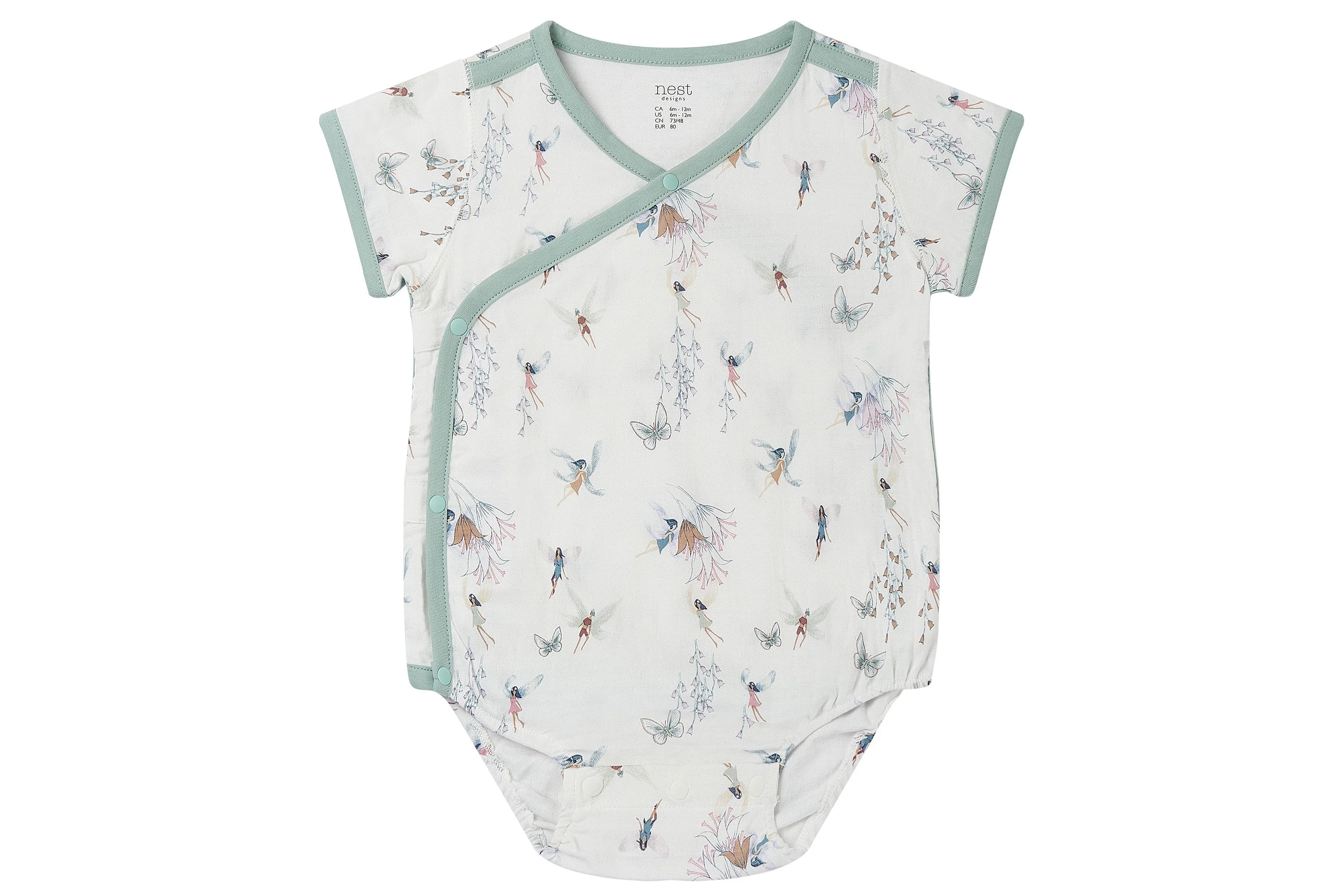
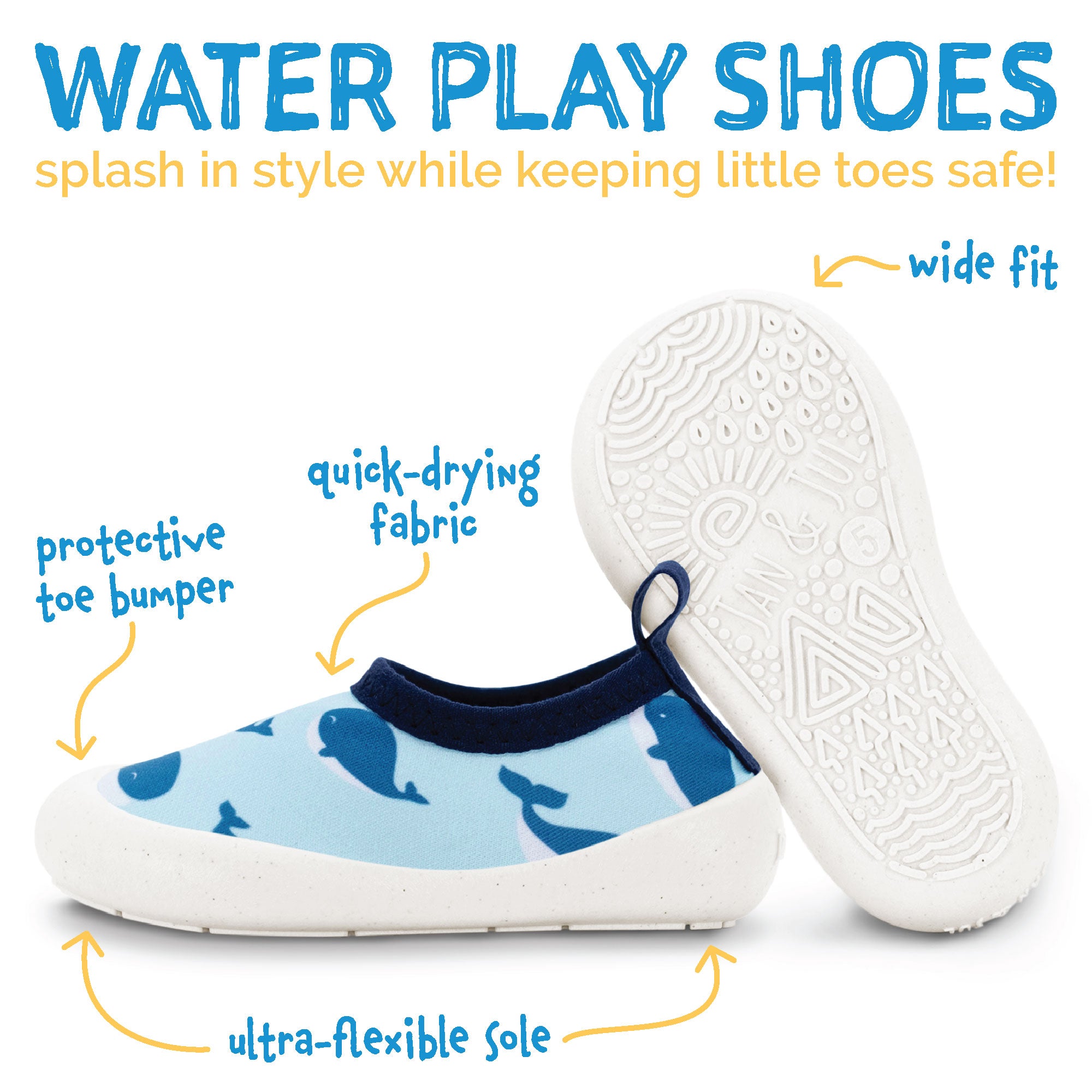
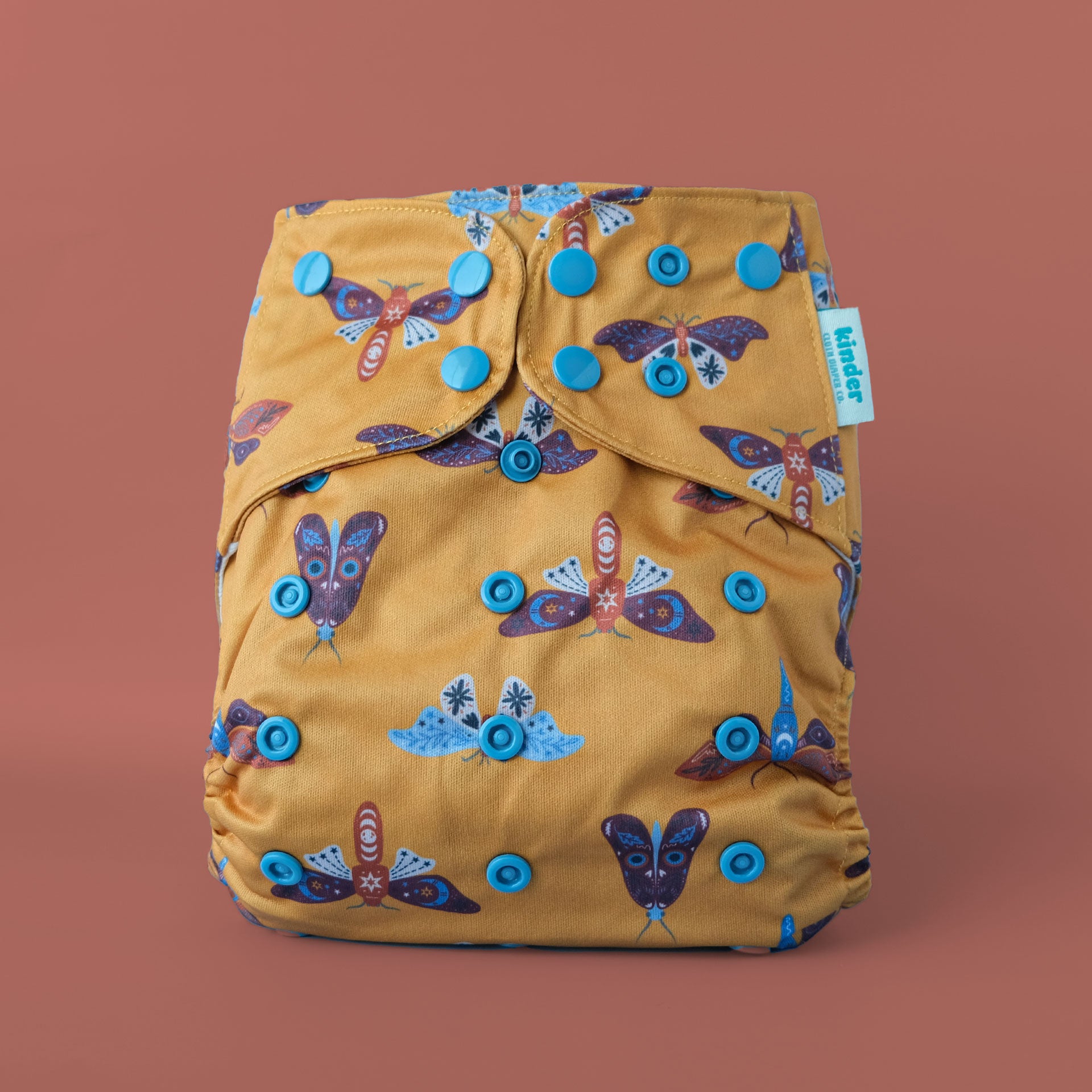
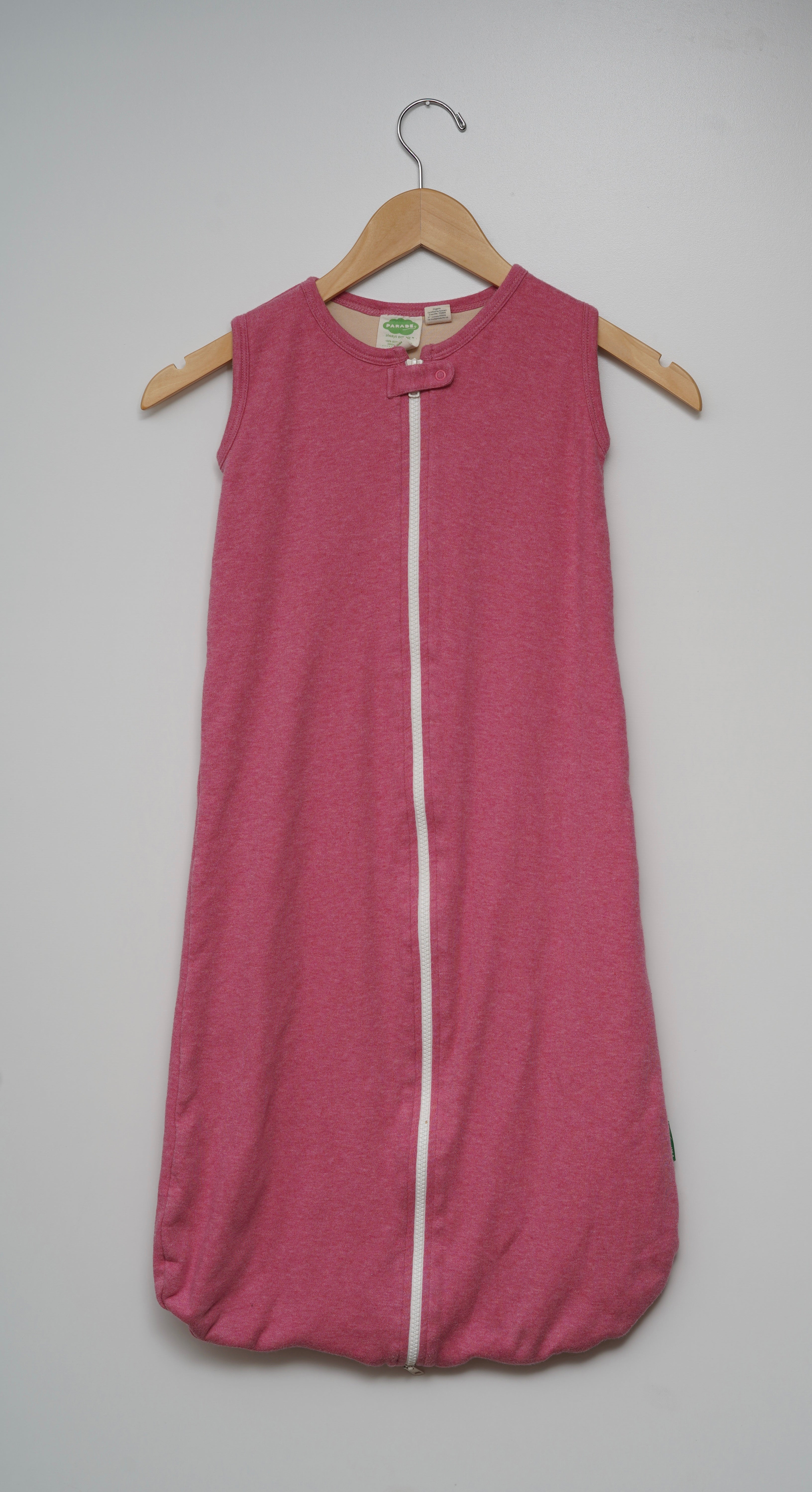
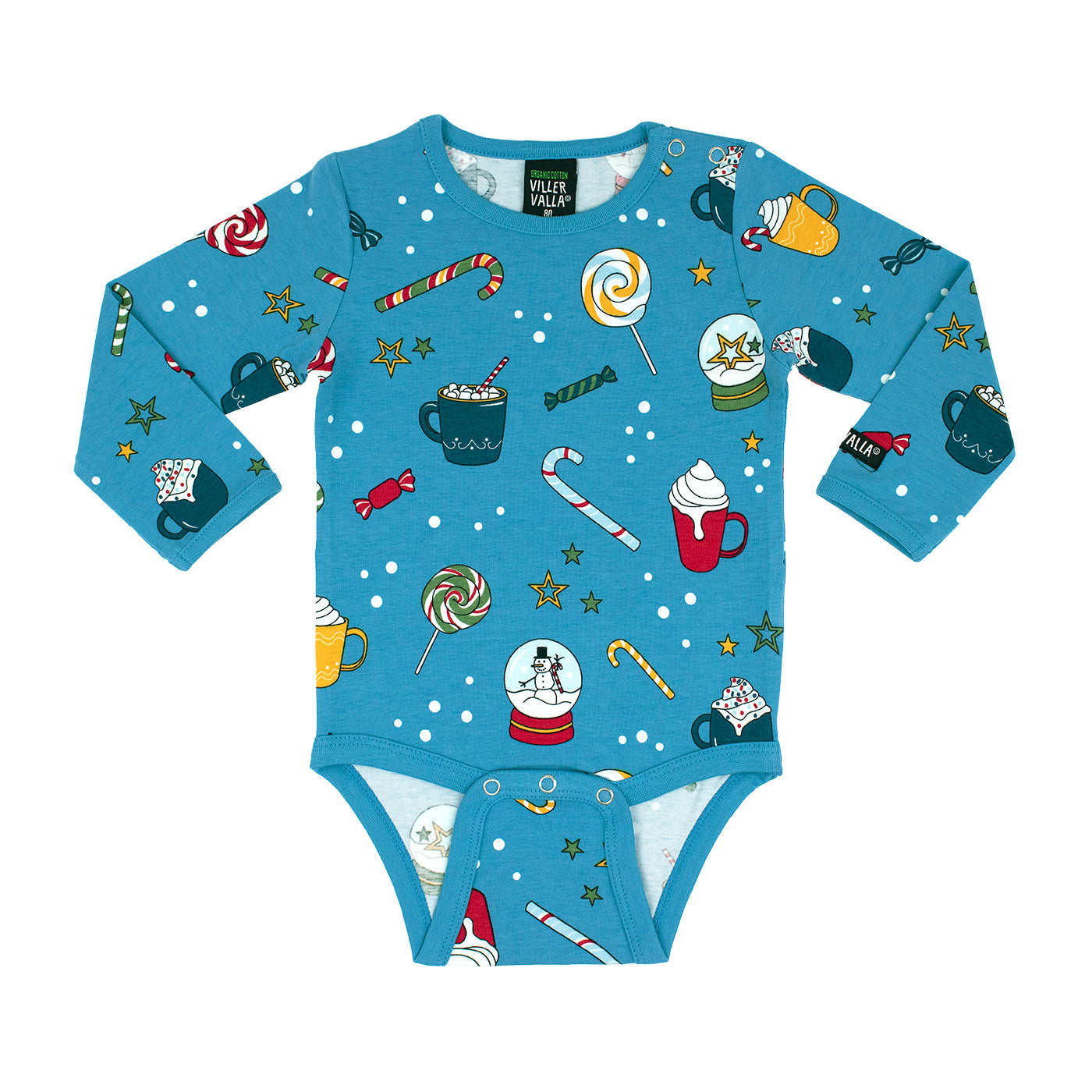
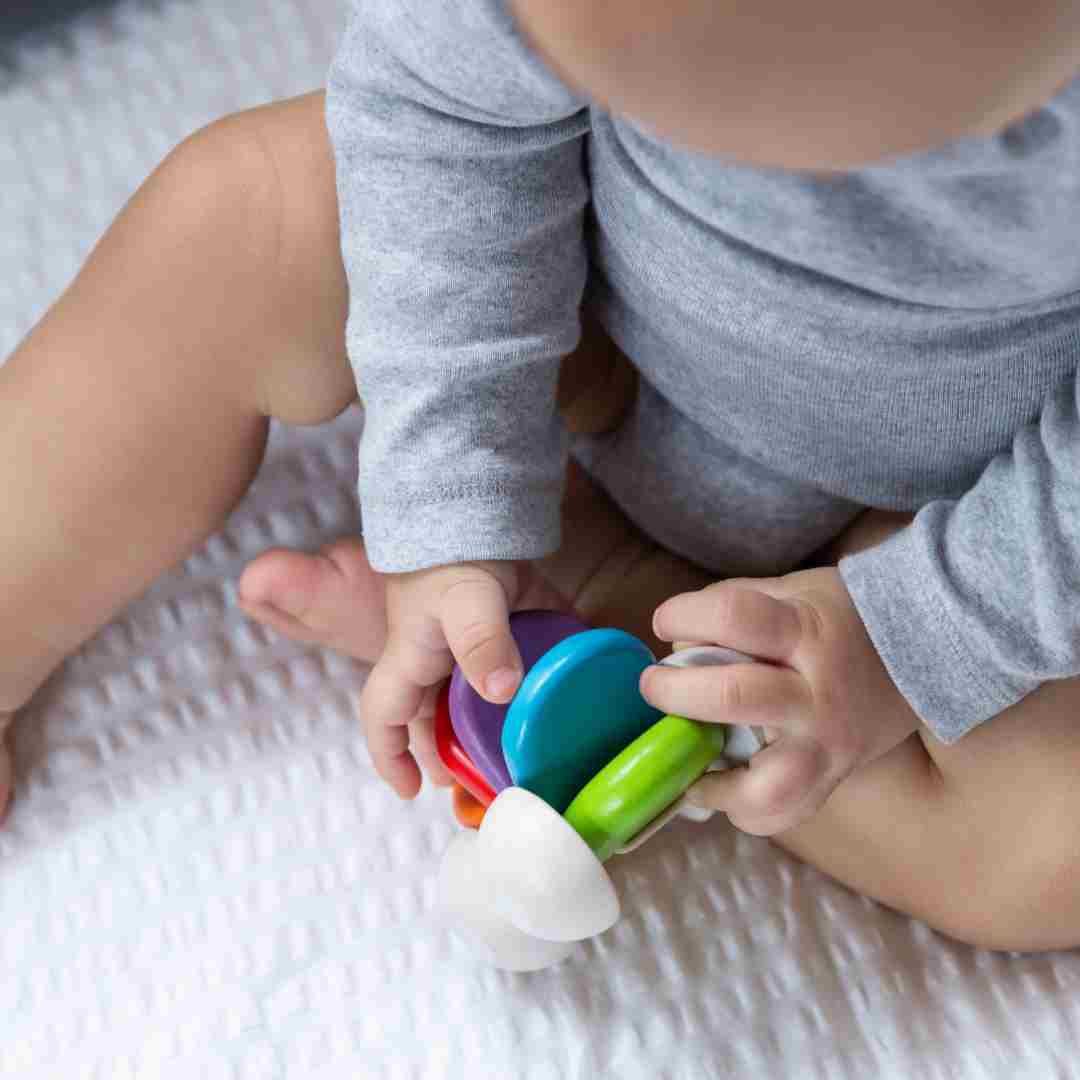
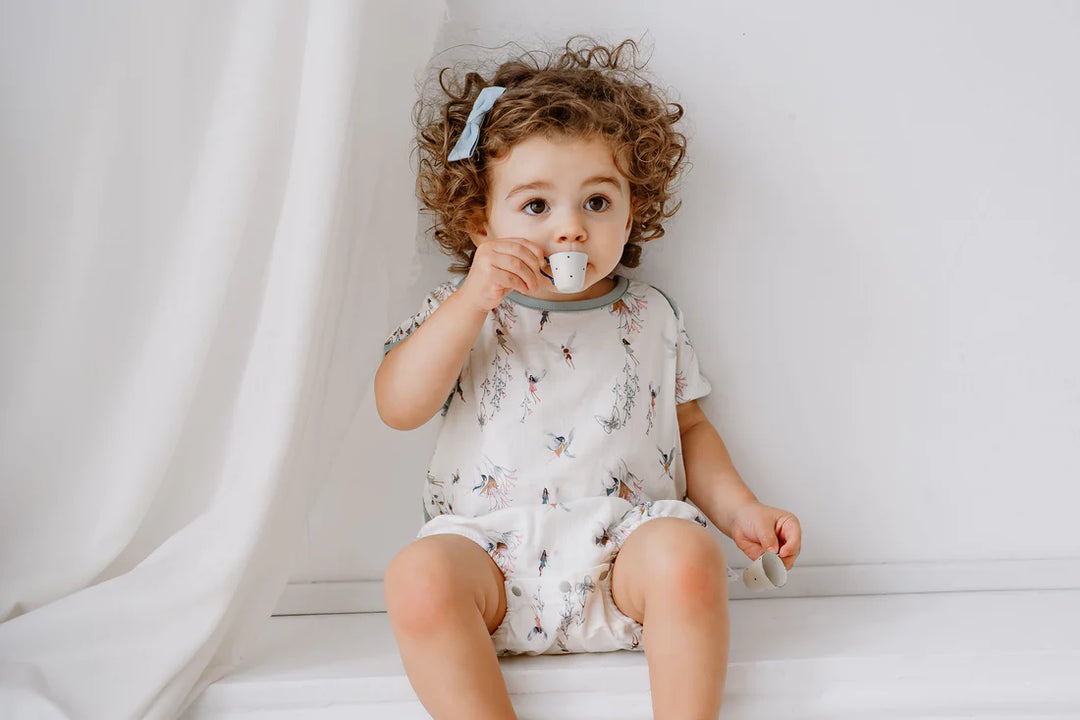
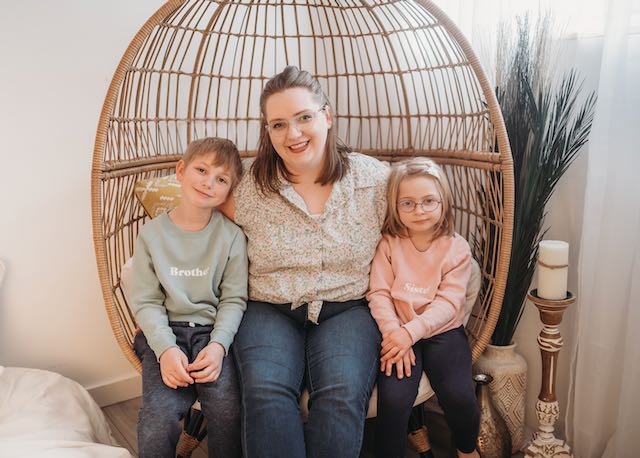
Leave a comment